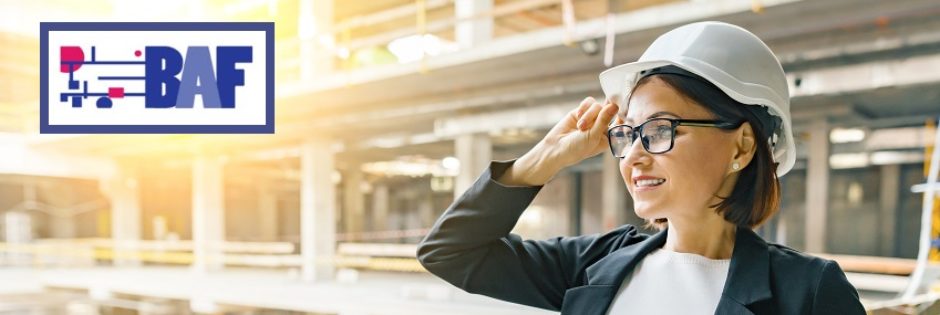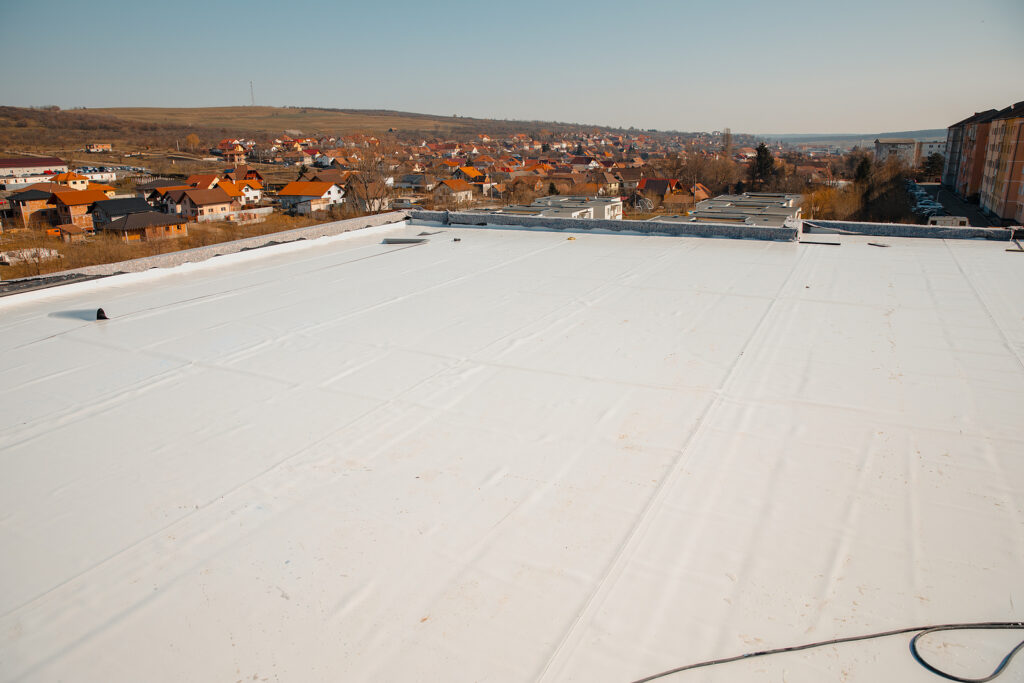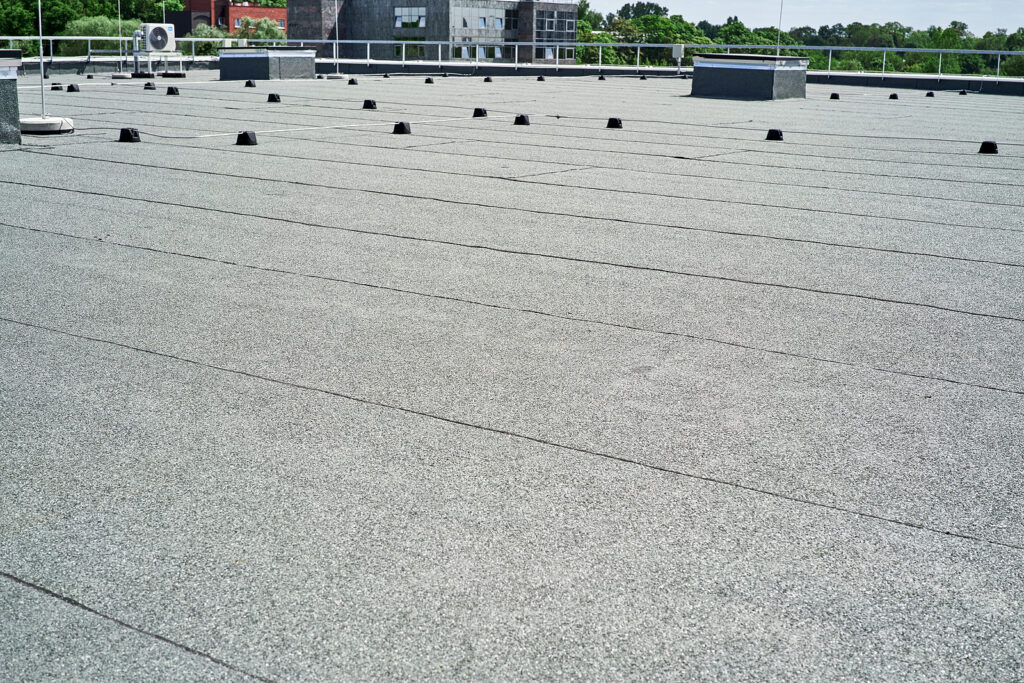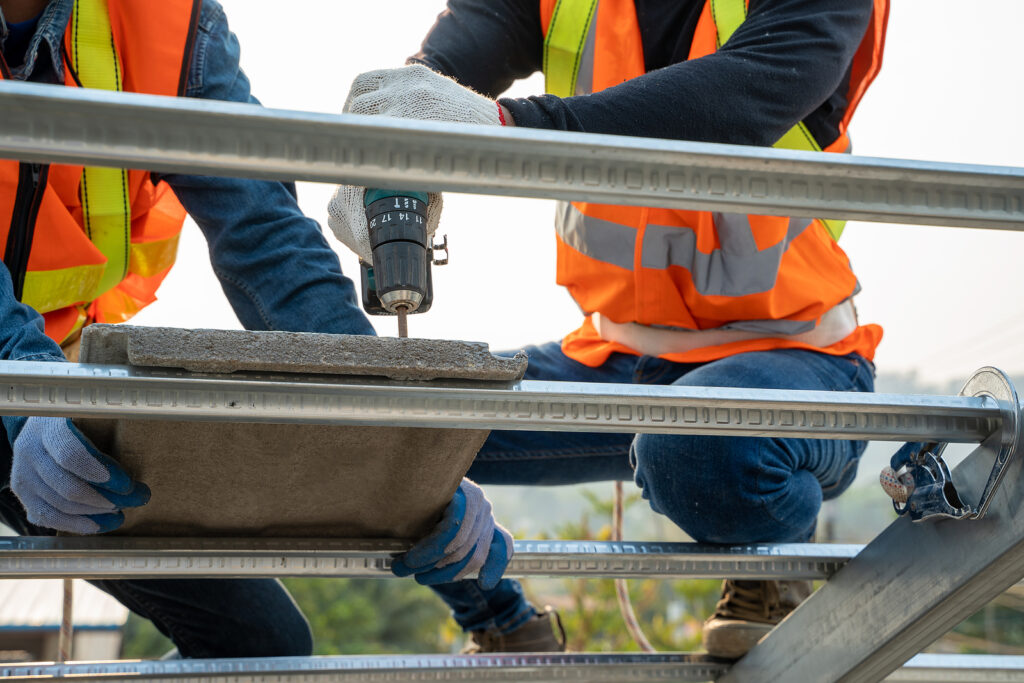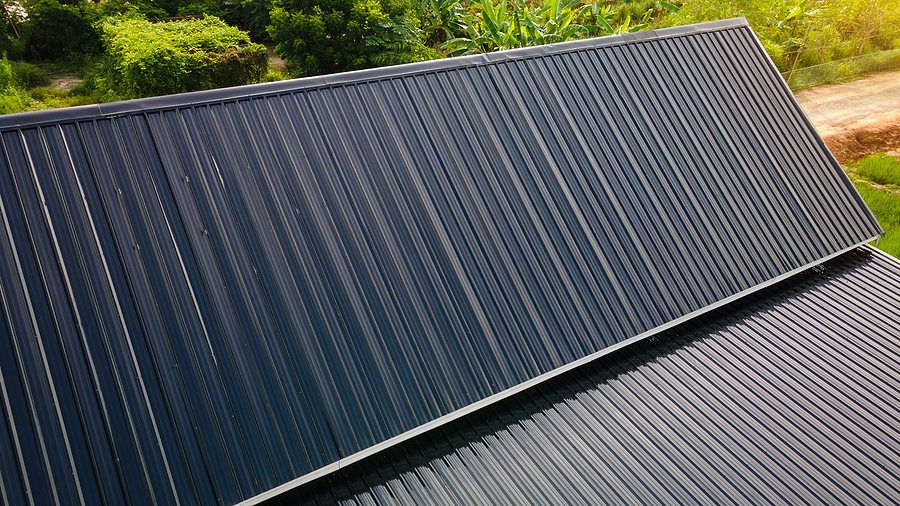Rubber roofing is a smart alternative to using conventional roofing shingles for flat or low-sloping commercial roofs. Although traditional shingles can last anywhere from 15 to 20 years, they are typically made from materials like asphalt, ceramic, tile, metal, slate, and more. Such materials are not always adequate enough to provide long-term protection, along with an impenetrable seal against water leaks and more. They also require on-going maintenance and upkeep, which can be costly and time-consuming. For this reason and more, many commercial real estate investors and builders are choosing rubber roofing systems.
Continue reading to learn more about EDPM commercial rubber roofing, including its various advantages and how to get your commercial roofing project off on the right track.
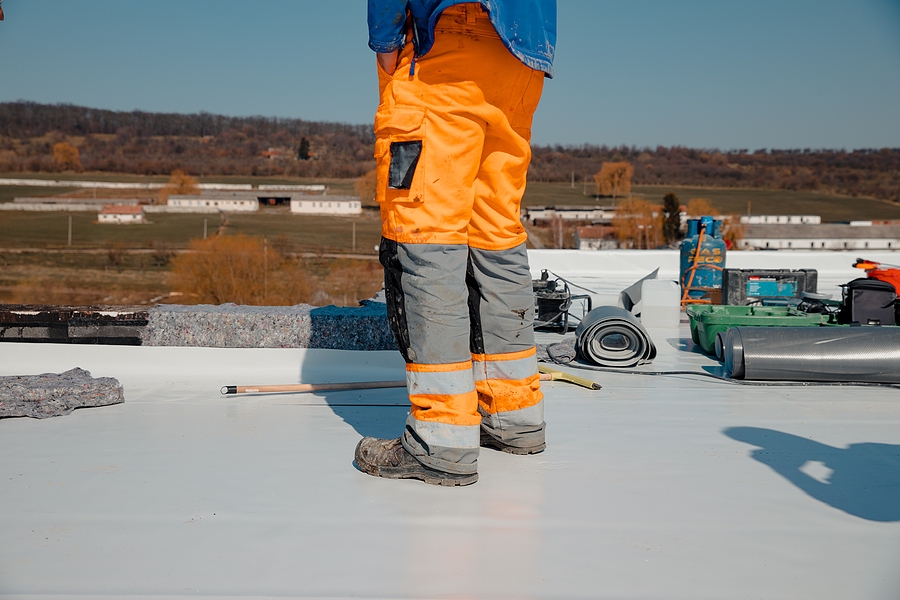
EDPM Commercial Rubber Roofing Facts
Rubber roofing is referred to as EDPM roofing, which stands for ethylene propylene diene terpolymer. Such roofing delivers a wide range of benefits for commercial investors and business owners. Commercial rubber roofing is waterproof, lightweight, quick (and simple) to install, highly durable, long-lasting, and inexpensive. Furthermore, commercial rubber roofs are low maintenance, plus easy and inexpensive to repair.
Composition
EDPM rubber roofs are made from PVC plastic polymers or rubber polymers. Single-ply synthetic roofing is another term commonly used for this as well. Since these shingles can replicate slate or asphalt shingles in appearance and can be easily installed over existing roofing. Roofing material is usually measured by the square, which means 100 square feet. For example, 4 squares of roofing material are equal to 400 square feet. They typically come in rolls for flat roofs, and shingles for custom commercial roofing projects and repairs.
Average Cost
You can expect commercial rubber roof materials to cost anywhere from $300 to $400 per square, so 4 squares of rubber roofing can add up to $1,600 or more, not including labor and supplies. Although initially costly, rubber rooftops can last twice as long as traditional shingles and won’t need as much routine maintenance and repair. There are several more benefits to commercial rubber rooftop installation as well!
Installation
Rubber shingles or flat rolls can be installed over existing rooftops, making the typically dreaded roof repair project much less complicated and time-consuming. Existing roof shingles are sprayed with a roofing foam to provide a fresh surface and added installation. Then a water-proof membrane is applied to the entire surface before the rubber materials are installed. The simplicity of commercial rubber roof installation reduces labor and time, which cuts costs.
Energy Efficiency
Additionally, commercial rubber roofing ensures optimal insulation. And the more tightly sealed and secured, the less heat and air are wasted, all of which cuts monthly energy costs, year-round. Rubber roofs are also energy efficient because the materials used in the process reflect sun and heat. This keeps a commercial building cooler in warmer climates and saves on energy costs.
Dependability
Aside from all of these wonderful benefits, rubber roofs are great alternatives because they are fire-resistant and less likely to crack. Their durability allows them to withstand harsh weather conditions and changing climates, year after year.
Now is the right time of year to get started on your exterior commercial renovation needs in Indiana! Contact BAF Corporation at 317-253-0531 for reputable commercial general contracting in Indianapolis and its surrounding counties.
Related Posts:
Top Solutions to Commercial Flat Roof Drainage Problems
Common Roofing Systems for Commercial and Industrial Buildings
Benefits of Zinc Metal Roofing Systems for Commercial Buildings
